Clinical and Forensic Testing
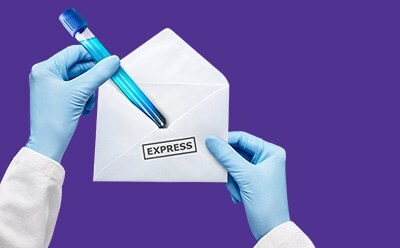
Clinical testing is a vital contributor of important clinical information impacting human healthcare decisions. Clinical testing labs will either use in vitro diagnostic assays (IVDs) or lab developed tests (LDTs) as the key diagnostic assay types. These assays will examine a wide range of analytes from a diverse set of human samples to deliver important diagnostic information. Clinical labs also conduct screening and monitoring for therapeutic drugs and identifying drugs of abuse. Forensic testing typically serves the needs of the judicial system as part of investigations and legal procedures.
Some key testing modalities will include immunoassays, such as ELISAs and immunohistochemistry (IHC), Molecular diagnostic techniques like PCR, qPCR and sequencing, and analytical chemistry techniques including liquid chromatography followed by mass spectrometry (LC-MS).
- The role of lab developed tests (LDTs) in clinical diagnostic laboratory testing
- Lab Developed Tests (LDT) - common testing modalities and sample types
- Therapeutic drug monitoring
- Drugs of abuse testing – sample/ test types and testing modalities
- Toxicology - applications in clinical testing and forensics
Related Articles
- The method shown uses HILIC mode on an Ascentis® Express OH5 column to retain both analytes well, making it very likely to be more robust and reliable, as well as highly MS-friendly.
- This Sigma-Aldrich article continues to detail new methodology for the analysis of Vitamin D metabolites using HybridSPE-Phospholipid technology.
- Separation of Pyridoxine Hydrochloride (B6), analytical standard; Thiamine Hydrochloride (B1), analytical standard
- Regardless of next-generation sequencing (NGS) platform, universal and index adapter sequences are required for the proper assembly of sample fragments.
- We offer over 200 custom DNA oligos modification for both DNA, RNA oligonucleotides and sequencing to probes for gene.
- See All (22)
Related Protocols
- Thyroid hormones play critical roles in the regulation of biological processes, such as growth, metabolism, protein synthesis, and brain development. For a clinical laboratory, fast and reliable measurements of total hormone levels are important for the diagnosis and monitoring of thyroid diseases.
- his study demonstrates the analysis of Warfarin in plasma samples utilizing chiral and achiral (reversed-phase) LC-MS and effective sample prep to remove endogenous phospholipids
- LC/MS/MS Analysis of Interacting Cardiac Drugs Digoxin, Quinidine, Amiodarone and Verapamil on Titan™ C18
- LC/MS/MS Analysis of Epinephrine, Metanephrine and Metabolites on Ascentis® Express OH5
- See All (9)
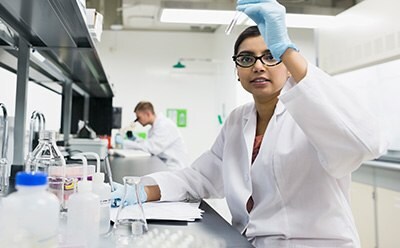
LDTs are a critical, but typically smaller, part in the test menu of a clinical lab and complement the larger volume of offered in vitro diagnostic (IVD) tests.
LDTs typically address a gap in the clinical testing market not covered by available IVD tests, or they offer additional value when compared to the IVD equivalent. In some instances, they cover the esoteric testing needs of rarer conditions where there isn’t a commercial case for developing IVDs. In other cases, LDTs allow a rapid response to emerging infectious diseases, as was seen with the SARS-CoV-2 (COVID-19) pandemic.
One of the notable distinctions between LDT and IVD is the responsibility that the individual labs take in the development and management of these LDT assays which gives them the flexibility and agility to address unmet needs.
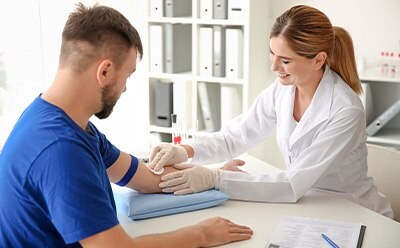
LDTs can utilize a wide range of testing modalities but common ones include: Liquid Chromatography Mass Spectrometry (LC-MS), Molecular Diagnostic (MDx) techniques such as quantitative PCR (qPCR) and NextGen sequencing (NGS), and immunoassay (IA) approaches such as enzyme linked immunosorbent assays (ELISA).
Common human sample types used for testing include blood and urine, for more routine analysis, and hair and saliva for specific testing objectives, such as drug screening.
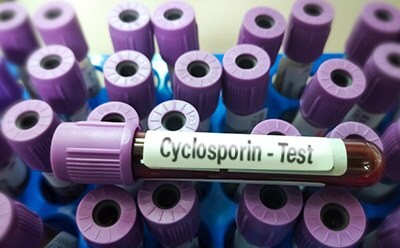
Therapeutic drug monitoring plays an important part in a subset of critical treatment programs to ensure patient compliance and/or safety. An example of usage would be to ensure that the levels of the drug used in treatment are safe and effective. Examples of drugs that can be monitored include:
- Antibiotics
- Heart drugs
- Anti-seizure drugs
- Autoimmune disease drugs
- Bipolar disorder drugs
Drug monitoring is included in clinical approaches to pain management of patients to ensure treatment program compliance and to limit the potential for drug abuse with medications such as opioids
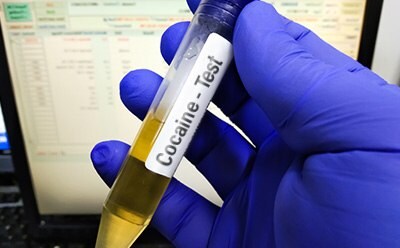
Drugs of abuse testing identifies the presence of illegal drugs or misused prescription medications for patient safety, legal reasons and/or a part of the conditions of employment. Typical drugs tested for can include:
- Amphetamines: Methamphetamine, amphetamine
- Barbiturates: Phenobarbital, secobarbital, pentobarbital, butalbital, amobarbital
- Benzodiazepines : Diazepam, lorazepam, oxazepam, temazepam, alprazolam
- Cannabinoids: Marijuana
- Cocaine: Cocaine and/or its metabolite (benzoylecognine)
- Methadone: Methadone, methadone metabolite (EDDP)
- Opiates: Codeine, morphine, metabolite of heroin, oxycodone, oxymorphone, hydrocodone, hydromorphone
- Phencyclidine: PCP
A typical approach could include a screening urine test and a confirmatory blood test.
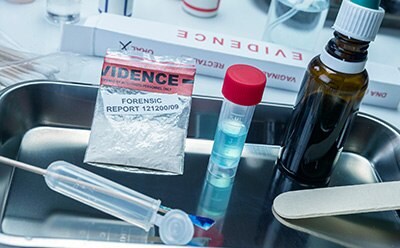
Toxicology includes therapeutic drug monitoring and drugs of abuse testing in clinical labs and aspects of crime scene and investigative efforts of the forensics labs. Sample types from forensics are more diverse in origin but many of the downstream analytical techniques are similar based on the analytes being investigated.
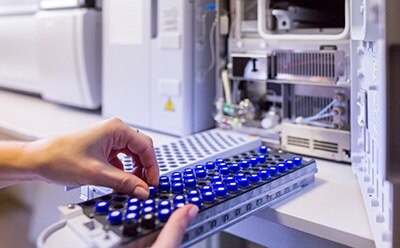
The LC-MS workflow starts with sample collection and may include a sample preparation step prior to the sample separation and detection and quantification elements. The sample preparation can include enzymatic treatments, sample clean up through filtration, enrichment, or other purification steps. Sample separations occur during the Liquid Chromatography (LC) steps, then the analyte is detected and quantified via Mass spectrometry (MS). Calibration of the instrument and referencing the analyte against appropriate standards is a vital part of this process. Certified reference materials and analytical standards play a crucial role in the LC-MS workflow.
LC-MS testing is frequently used for a variety of reasons including:
- Therapeutic drug monitoring
- Drugs of abuse testing
- Metabolic analysis
- Hormone testing
- Vitamin testing
- Newborn screening
Examples of materials used at each step:
- Sample collection and preparation
- Filtration devices
- Analytical vials
- Enzymes – Beta Glucuronidase
- Solid Phase Extraction (SPE) tips, plates, and columns
- Solid Phase Microextraction (SPME) tips, plates, and columns
- Sample separation
- HPLC columns and accessories
- HPLC solvents
- Chromatography reagents
- Sample detection and Quantification
- Certified reference materials
- Analytical standards
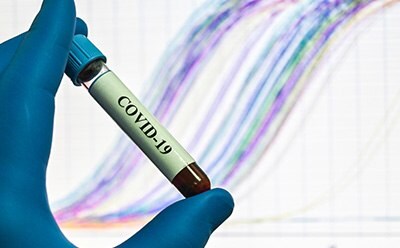
The PCR workflow starts with sample collection and may include a purification step, followed by a DNA/ RNA target specific amplification step. In the case of qPCR the quantification happens in real time during the amplifications cycles. qPCR is sometimes known as RT-PCR because of the real time (RT) aspect. The other PCR alternative is end point PCR, where the results are determined after the amplification cycles have been completed.
PCR testing can be used in any situation where insights into the presence, length or sequence of DNA or RNA would be valuable. This can include:
- Infectious disease screening and identification
- Genetic screening
- Oncology
- Prenatal testing
Key components for PCR include:
- Sample purification
- Nucleic acid purification (NAP) kits and reagents
- Sample amplification
- Oligos, primers, probes
- DNA amplification enzymes (e.g. Taq)
- Reverse Transcription (RT) enzymes
- PCR amplification reagents including buffers, salts, and nucleotides (dNTP)
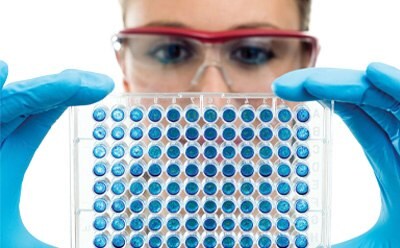
Enzyme linked Immunosorbent Assay (ELISA) is a widely used immunoassay technique that allows for the high-throughput screening and quantification of antibodies, proteins, peptides and other small molecules.
ELISA can be used for a wide range of test applications including:
- Oncology
- Infectious diseases
- Drugs of abuse screening
- Hormone measurement
- Immune function/ Immunology
ELISAs are typically run in a plate format, with 96-well being the most common. These plates can be supplied ready to use (for IVDs) or can be developed in-house (LDT). Common products use to create a sandwich ELISA plate would be:
- ELISA plate
- Capture antibody
- Coating reagents such as BSA, casein etc.
- Wash buffers
Once the plate is prepared the typical materials used in the next steps would be:
- Sample prep
- Lysis reagents
- Buffers
- Detergents
- Protease inhibitors
- Sample binding/ Wash
- Buffers – e.g. PBS, PBS-T
- Detection
- Primary detection antibodies – specific to the analyte of interest
- Secondary labelled/ conjugated antibodies e.g. labelled with alkaline phosphatase (AP) or Horseradish peroxidase (HRP)
- Labelled antibody detection reagents e.g. TMB, OPD, pNPP and hydrogen peroxide
- Stop reagent
LC-MS Workflow
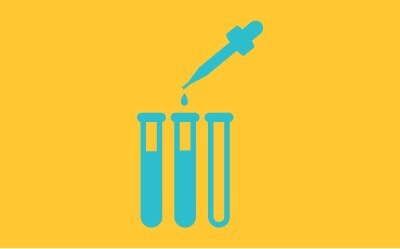
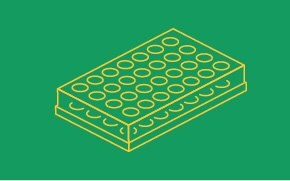
Sample Preparation
Effective sample prep is critical to accurate and efficient analysis. Improve your analysis and protect your instrument by concentrating and purifying your sample
- SPE
- SPME

Standardization and Calibration
Reference materials are a critical component of analytical testing workflows and broader quality assurance schemes. Qualify and calibrate your instruments and assays.
- Pharmaceuticals
- Illicit substances
- LC/MS Analysis of Ethanol Metabolites in Urine on Ascentis® Express OH5 after Dilution with Deuterated Internal Standards
- LC/MS Analysis of Opioid Glucuronide Metabolites in Urine on Ascentis® Express F5 after Solid Phase Extraction (SPE) using Supel™-Select HLB
- UHPLC/MS Analysis of Diazepam and Metabolites on Titan™ C18, Comparison of Flow Rate and Column Length
- Biomarkers

Chromatographic Separation and Analysis
Columns, solvents, reagents and accessories have a critical impact on the accuracy, reliability and efficiency of your analysis. Leverage the available technical resources to optimize your approach.
- Solvents
- HPLC Columns & Accessories
- Spectroscopy Reagents
To continue reading please sign in or create an account.
Don't Have An Account?